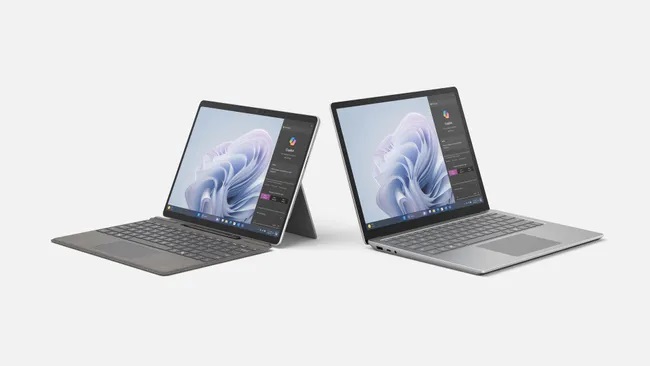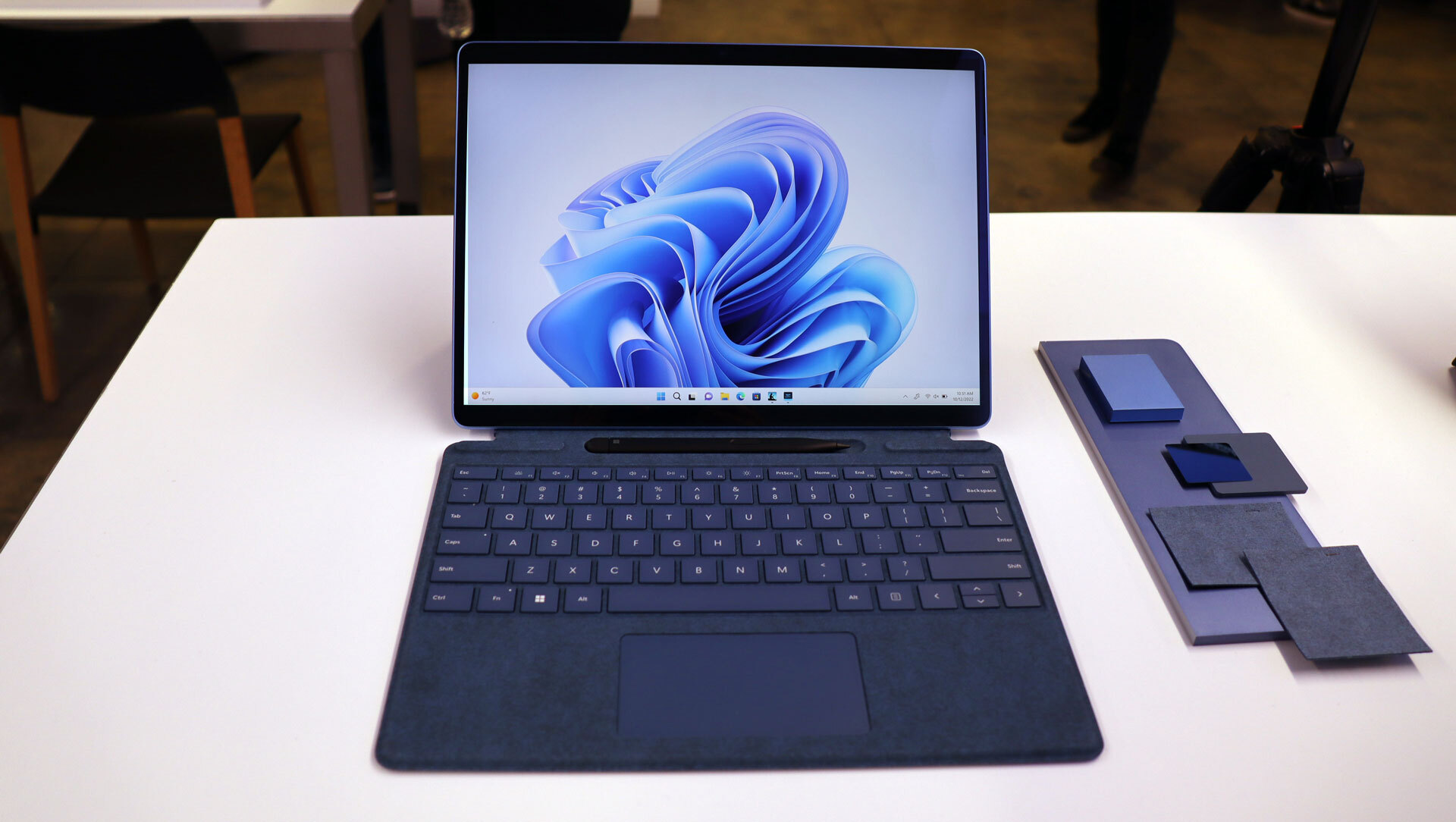Microsoft Surface team loses another big player – is it game over for the company’s Apple-beating hopes?
Or is the head of design for Surface retiring a chance to revitalize devices that’ve become stale?

One of Microsoft’s top brass who headed up the design team for Surface devices (and Xbox, plus Phones) has departed the company after a lengthy term of service.
Ralf Groene, who was Head of Industrial Design, Microsoft Devices, for the best part of a decade, has been at Microsoft for 17 years in total.
As Windows Central spotted, Groene just announced his retirement on LinkedIn. His new role as a retiree is “helping friends to design things” going by his LinkedIn profile.
While the original Surface hybrid was launched in late 2012, a few years before Groene was given the position heading up the design team, he took the lead with the crafting and realization of a whole load of Surface hardware from 2015 onwards. That included the likes of the Surface Book (which first hit shelves later in 2015, in fact) and the Surface Duo.
The timing is interesting, as it’s been a period of great change at the top for Microsoft in recent times.
Late last year, we witnessed Panos Panay, the driving force behind the creation of the Surface line, depart Microsoft, and more recently, Pavan Davuluri has taken the reins of Windows from Mikhail Parakhin (Davuluri is now VP of Windows + Devices).

Analysis: The state of Surface – and what this could mean for the future
Back at that initial launch in 2012, the Surface line of products represented Microsoft’s attempt to build flagship hardware to fully showcase the abilities of its Windows OS. Now, over a decade since then, what does the Surface range represent exactly?
Get daily insight, inspiration and deals in your inbox
Sign up for breaking news, reviews, opinion, top tech deals, and more.
Clearly over the years the devices on offer have become a good deal more diverse, and there are now a lot of members of the Surface family in addition to that original hybrid.
Even so, of late, things have felt rather stale, certainly with the core offering of the Surface Pro tablet (with detachable keyboard accessory). Recall last year, for example, which witnessed a very flat line-up of new Surface offerings, with little fizz to the additions in evidence – and a lot of scratching of heads about where the next Surface Pro was.
Now, of course, we have seen the Surface Pro 10, as well as Surface Laptop 6 – but only for businesses, at least thus far. Consumer models are going to be unveiled in May, but it has been a long old wait for them – and if the rumors are right, the consumer Surface Pro 10 might only offer an ARM chip (with no Intel CPUs even as an option).
That’s just a thin and rather wispy rumor mind, but it seems a risky play if it does pan out – or a measure of Microsoft’s confidence in Windows on ARM given the new Snapdragon X Elite SoC coming in, perhaps. Microsoft clearly feels that ARM silicon is coming into its own, and is now sufficiently powerful to make emulating x86 apps work smoothly enough that it won’t matter (too much) that software isn’t running natively on Surface devices. There are high hopes that said Snapdragon could beat out Apple’s M3 (also ARM-based) silicon, in fact.
In that regard, we could see something very different with the core Surface offering, then, although the design – as per the revelation of the business-focused devices in March – again stays to the tried-and-trusted, and distinctly risk averse, chassis and lines that we’re used to. It’s very much the same case with the Surface Laptop 6, too.
In some ways, we get this – if it ain’t broke and all that. But maybe with a change at the top of the design team, someone new coming in will start to shake up things more for future Surface devices to make their mark on the range in a more meaningful way.
Alternatively, could this be a chance for Microsoft to wind down its Surface line-up? To give up the fight against Apple? After all, Surface devices have been less profitable of late. However, we don’t see that as a realistic proposition, at least not yet – particularly given the push Microsoft is currently giving ARM chips as part of its big AI PC drive – but depending on how well all that goes, things could change quite rapidly, perhaps.
You might also like
Darren is a freelancer writing news and features for TechRadar (and occasionally T3) across a broad range of computing topics including CPUs, GPUs, various other hardware, VPNs, antivirus and more. He has written about tech for the best part of three decades, and writes books in his spare time (his debut novel - 'I Know What You Did Last Supper' - was published by Hachette UK in 2013).